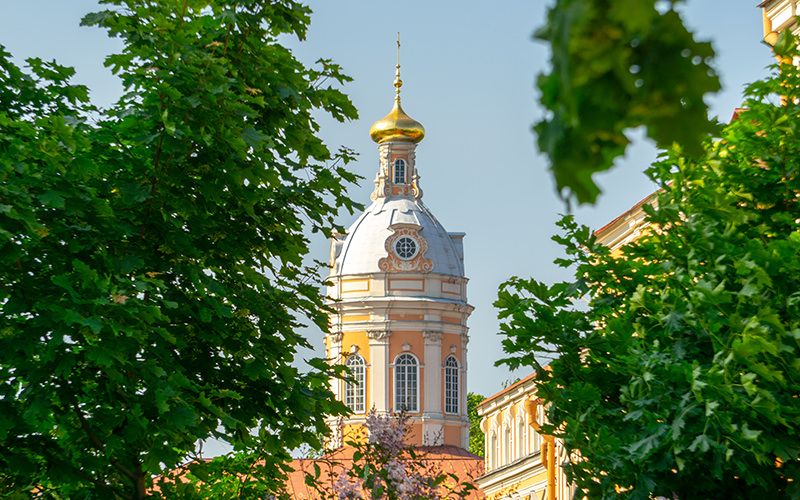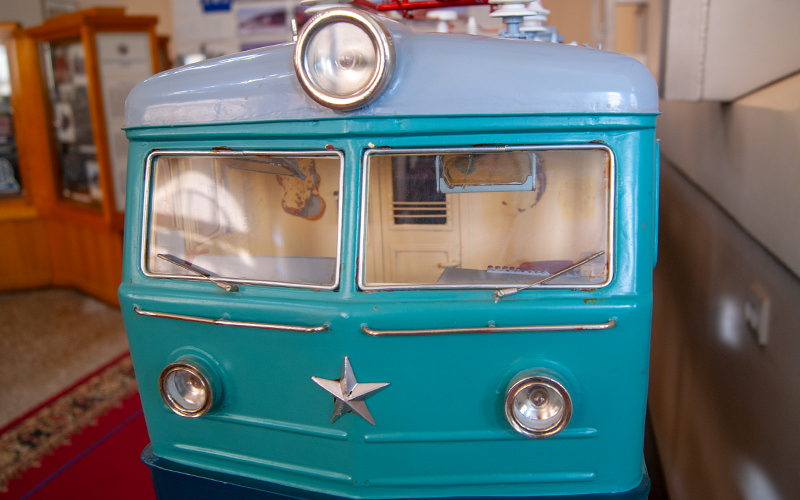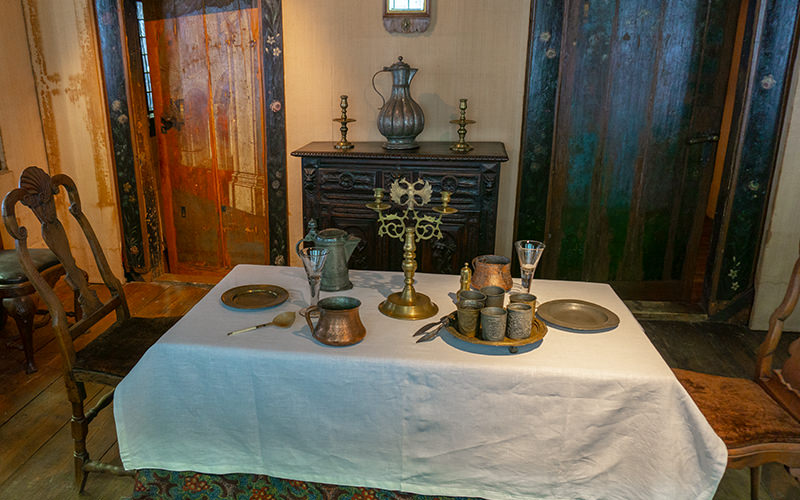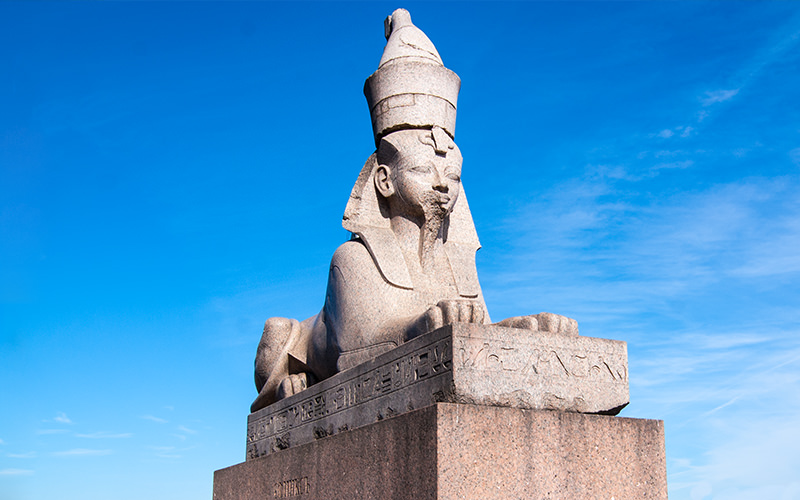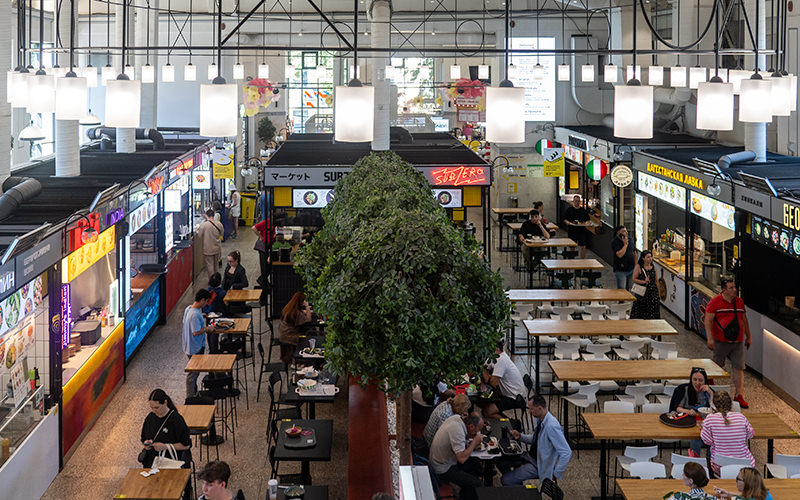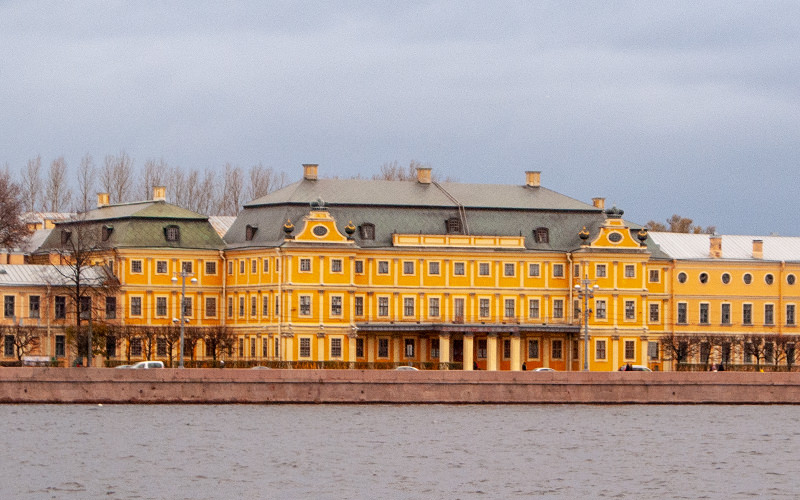The building of the Academy of Arts is one of the most famous architectural landmarks in the center of Saint Petersburg. Its façade, featuring a statue of the goddess Minerva on the roof, and its circular inner courtyard are recognizable to almost every resident or visitor of the city on the Neva.
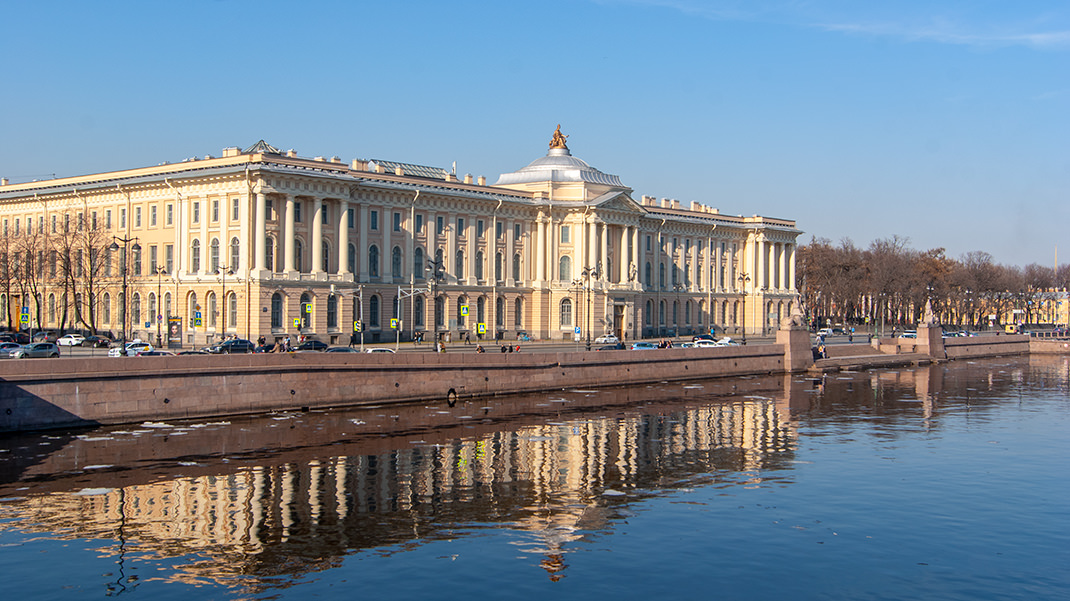
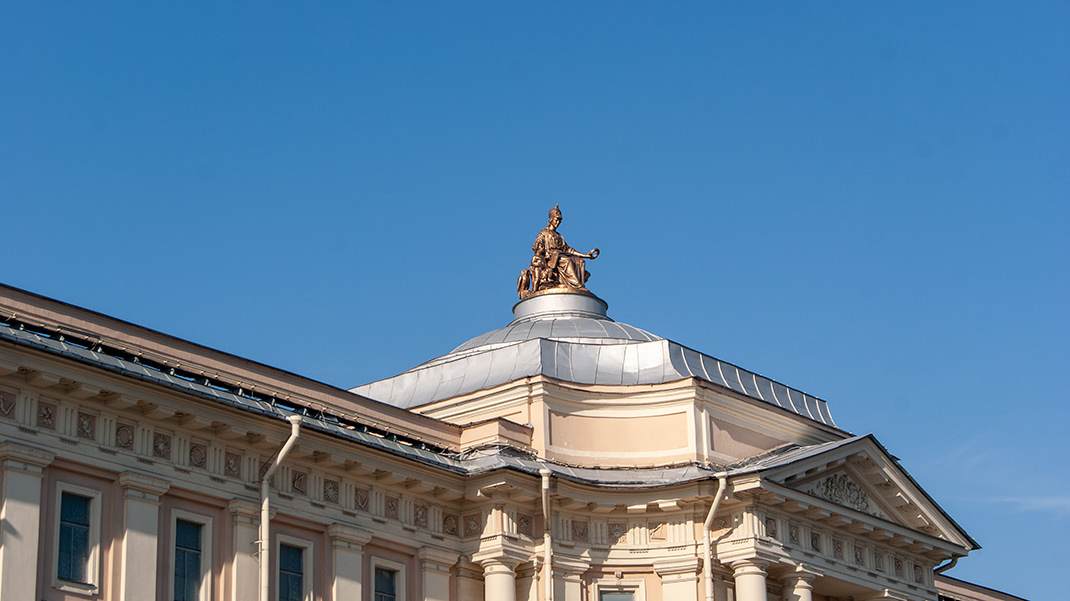
Notably, over its two-and-a-half-century history, the building has never changed its purpose—it has always served as a place for educating artists. The museum at the Academy opened at the same time as the Academy itself, in the mid-18th century.
One of the unique features of the museum is the large number of temporary exhibitions, where visitors can view new works by students of the Academy, such as those created during their summer internships.
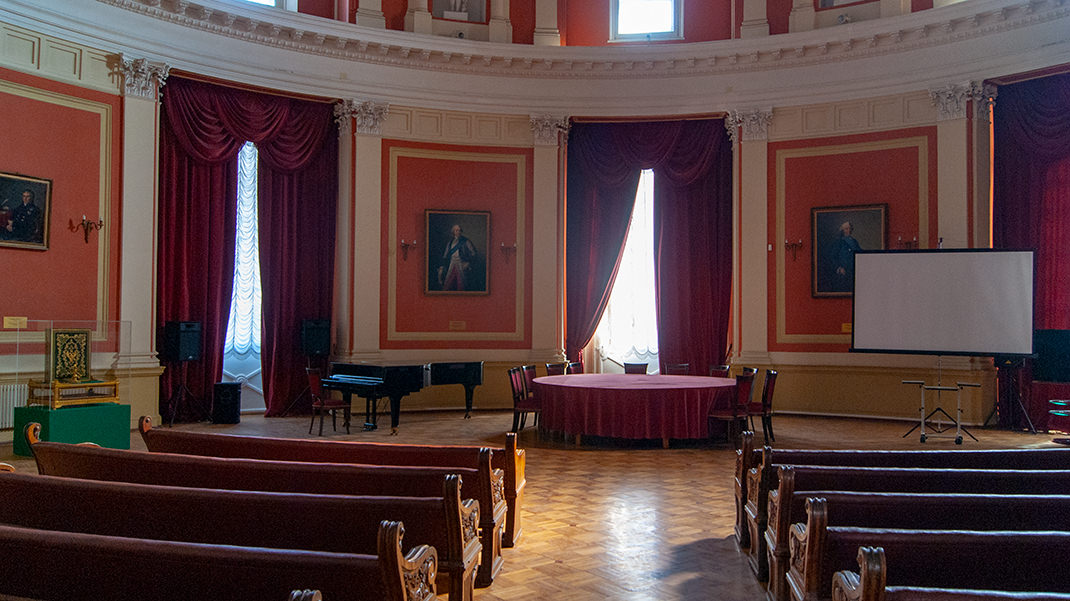
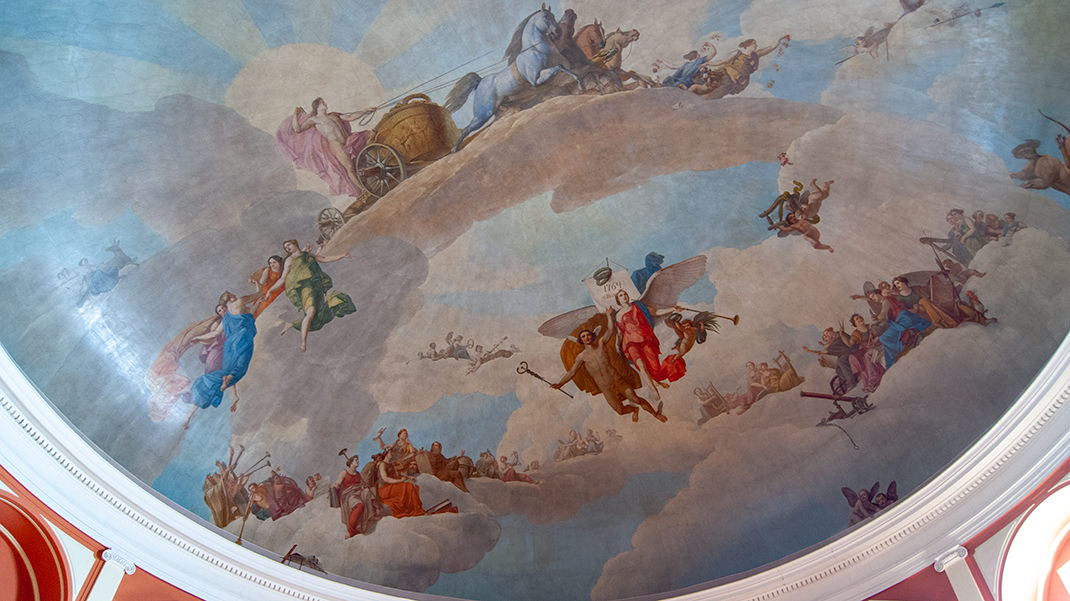
How to Get to the Academy of Arts by Metro
The nearest metro station is "Vasileostrovskaya." From there, it's about a 15-minute walk to the Academy.
The cost of an adult ticket is 300 rubles (as of 2019).
On Wednesdays, Saturdays, and Sundays, the museum offers guided tours, the cost of which is included in the entrance ticket. You can check the schedule of these tours on the museum’s website.
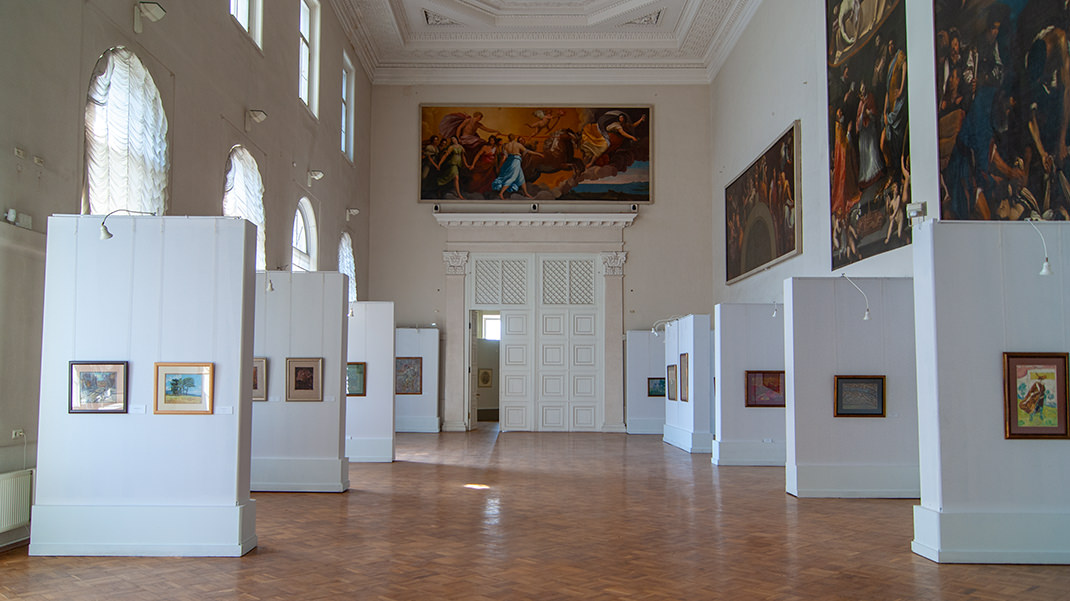
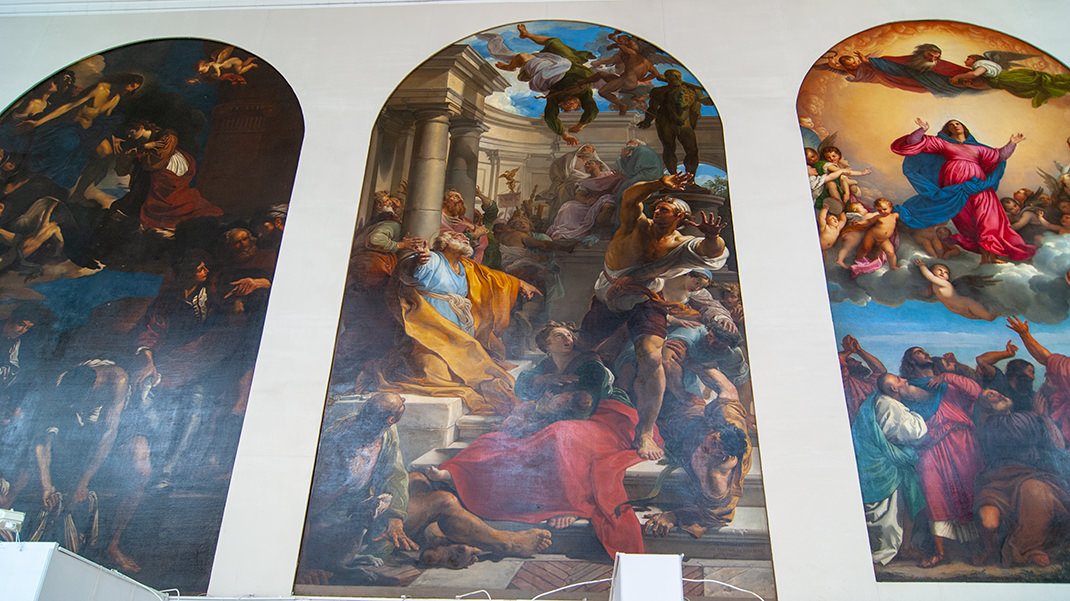
A Bit of History
The "Academy of the Three Noblest Arts" was founded in 1757 at the initiative of Ivan Ivanovich Shuvalov. Initially, the institution was located in Shuvalov's house near Manezh Square in Saint Petersburg.
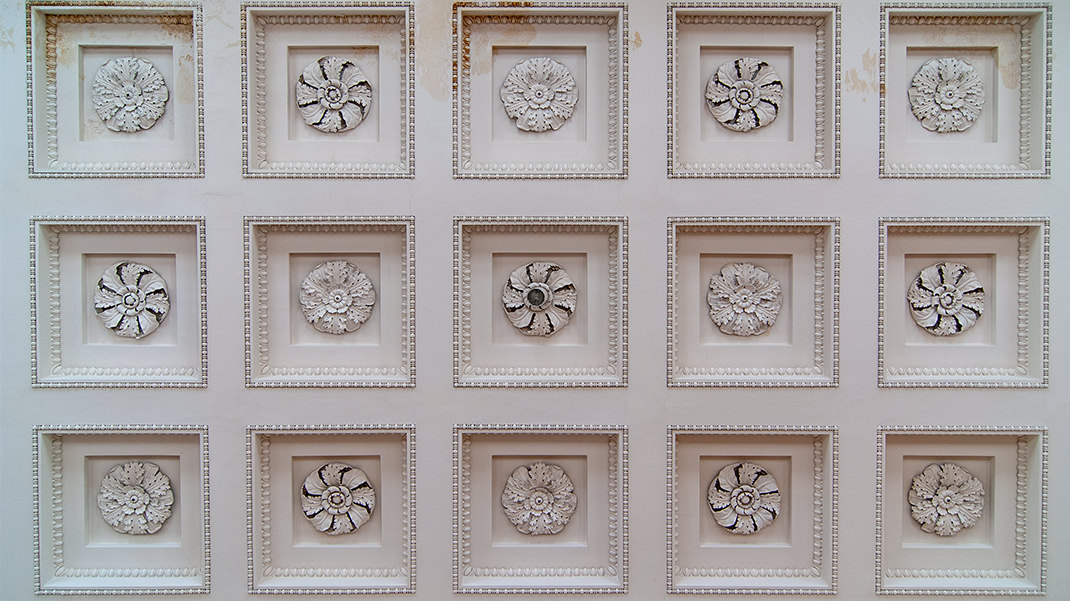

During the reign of Catherine II, the well-known Academy building on Vasilievsky Island was founded in 1764. There is a legend that the Empress herself suggested the idea of the Academy's circular inner courtyard. The size of the courtyard, comparable to the diameter of St. Peter's Basilica in Rome, was meant to inspire the students.
Inside the circular courtyard stands a monument to the first director and founder of the Academy—Ivan Shuvalov. Interestingly, an identical monument is located at the building of the fundamental library of Moscow State University. Although visitors are not allowed into the courtyard, it is visible from the windows on the first and second floors.
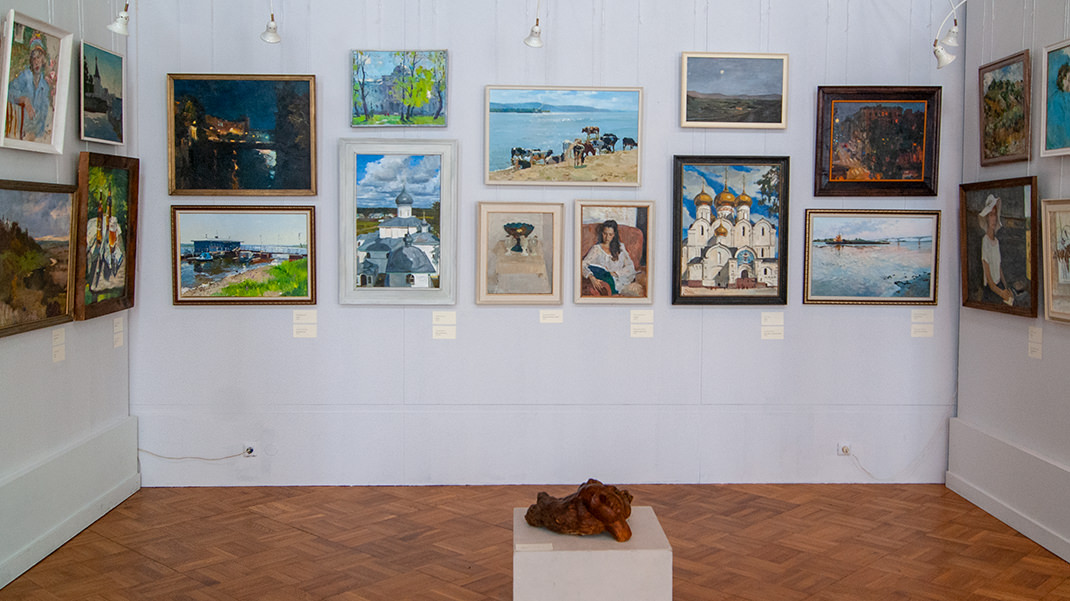

After the revolution, the Imperial Academy of Arts was dissolved, and it initially housed the Free Art School, later becoming the Petrograd State Free Art Workshops. The institution's current name is the I. E. Repin Saint Petersburg State Academic Institute of Painting, Sculpture, and Architecture, part of the Russian Academy of Arts.
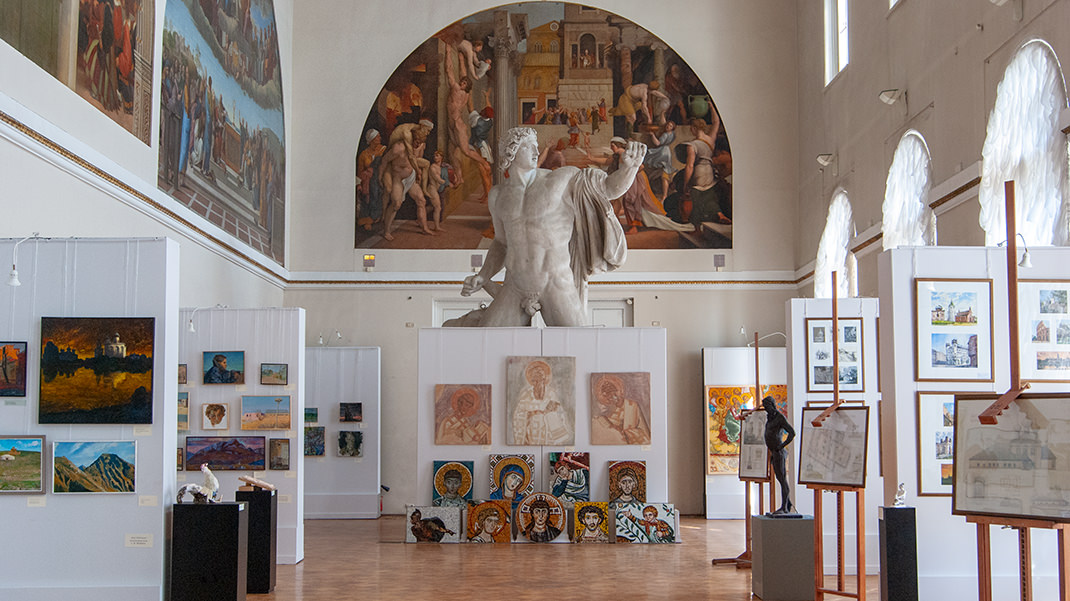
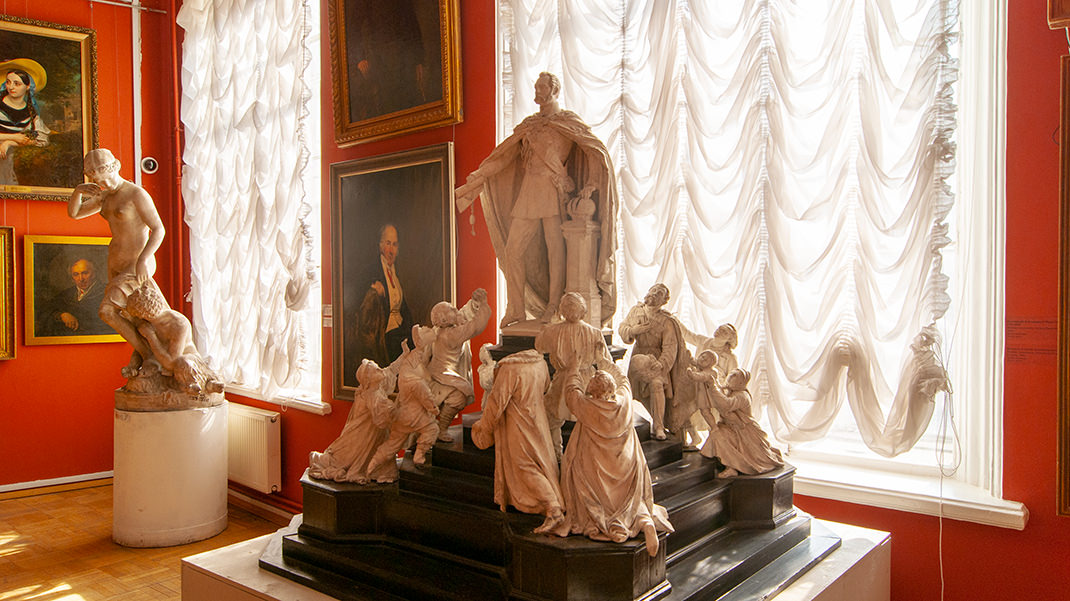
Famous students of the Academy have included Ilya Repin, Viktor Vasnetsov, Ivan Aivazovsky, and Karl Bryullov. The list of renowned masters who were trained and taught at the Academy is extensive.
What to See
The Academy of Arts Museum is not only home to works of art but is also a museum of its own interiors. On the second floor, you will find several grand halls—the Raphael Hall, the Titian Hall, and the Catherine Hall. The murals on the walls and the ceiling panels impress with their scale and attention to detail.
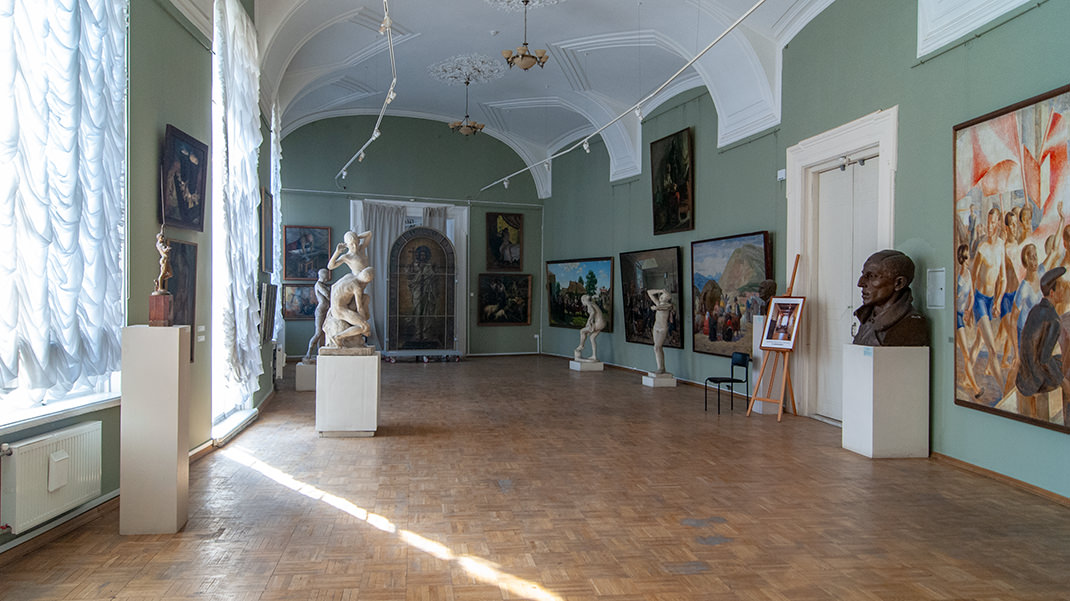
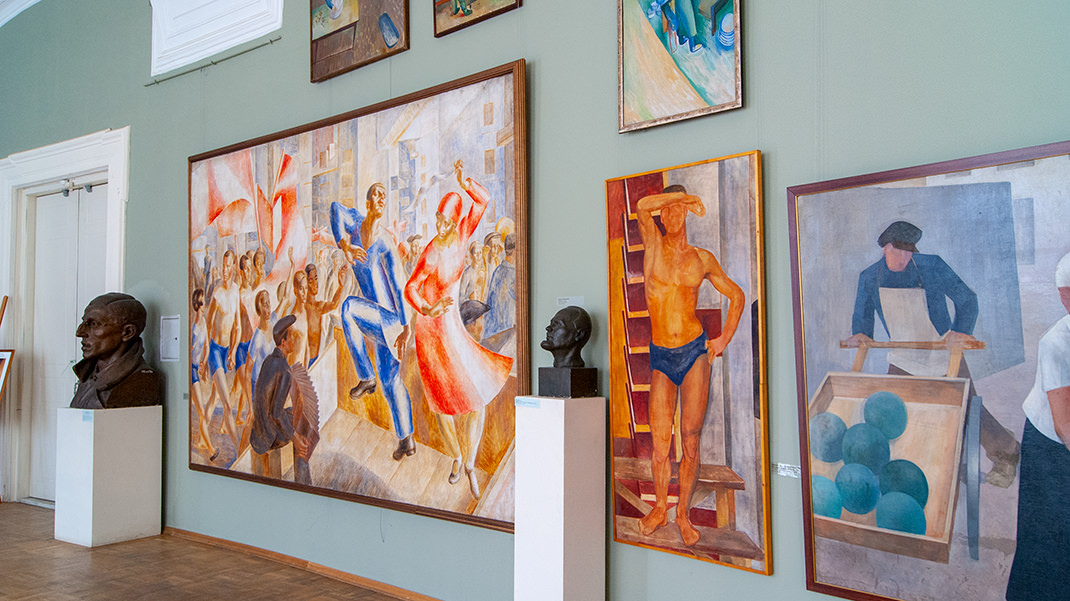
The first floor of the museum features about 30 rooms displaying plaster casts of original sculptures. Here you will encounter statues of Roman emperors, ancient Greek gods, priests, and other mythological figures.
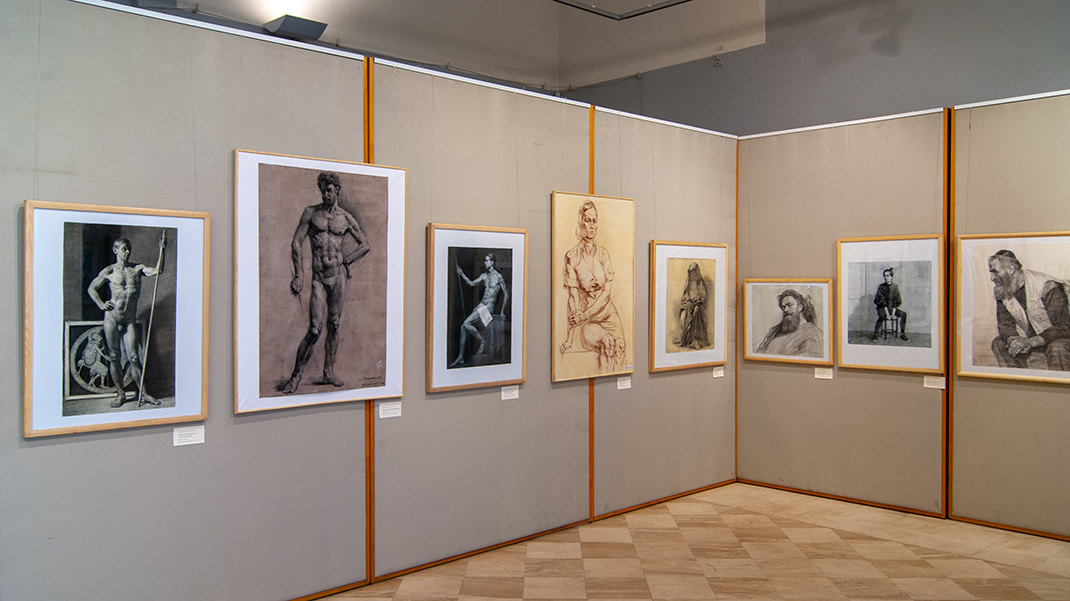
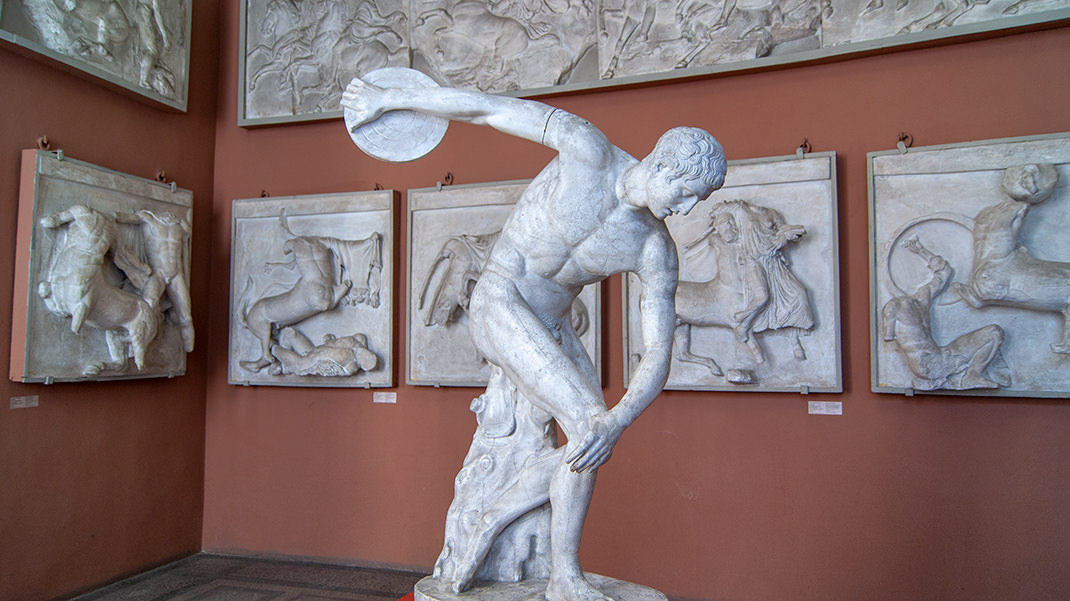
The second floor is dedicated to fine art and temporary exhibitions. The third floor houses the exhibition "Saint Petersburg in Architectural Models and Drawings of the 18th–19th Centuries." This unique exhibit includes a model of the third St. Isaac's Cathedral and an unbuilt project for the ensemble of the Smolny Cathedral. I will describe these exhibits in more detail in my next article. For now, our tour of the Academy of Arts comes to an end.
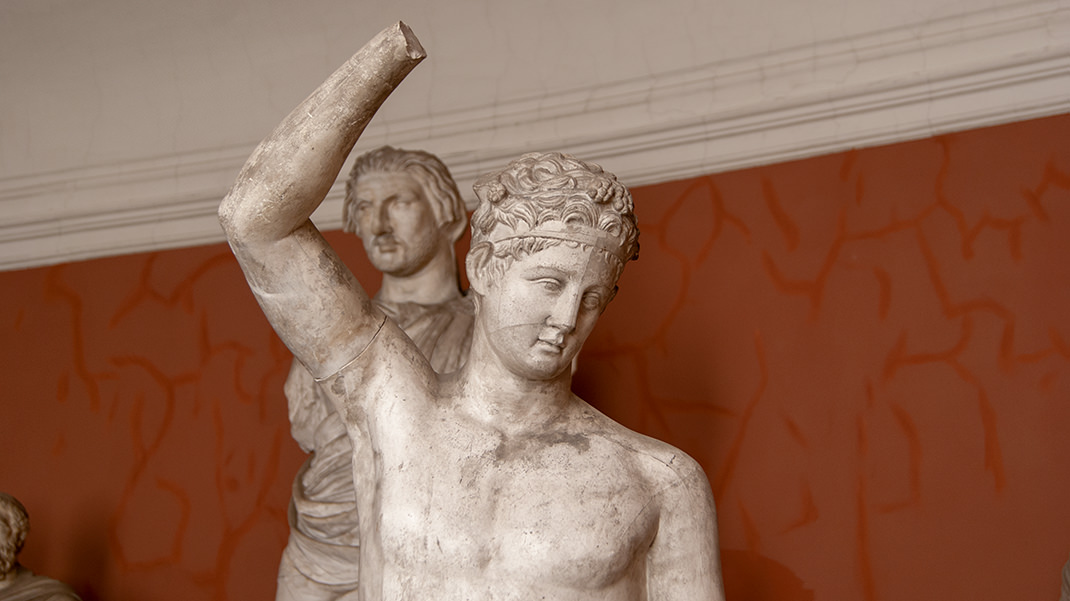
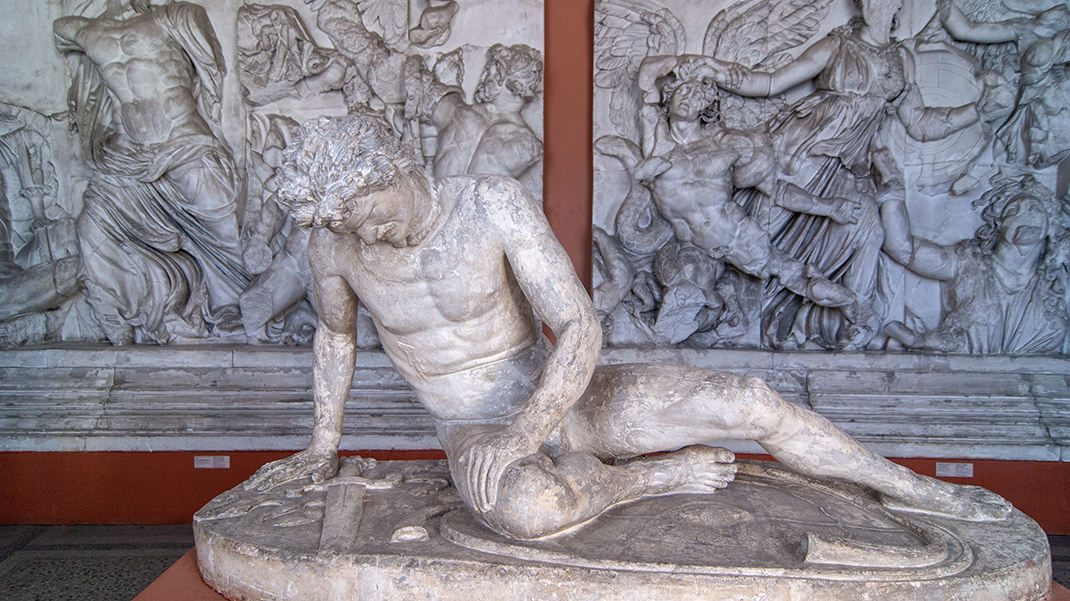
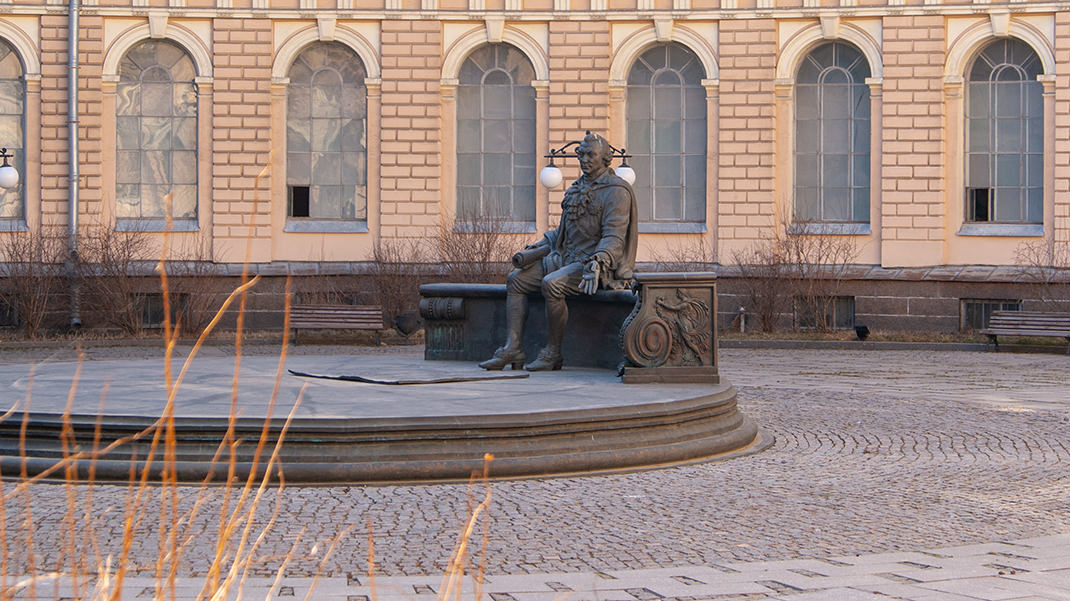
The University Embankment of Vasilievsky Island can easily serve as a living exhibit of Russia's great history. Nearby are the Menshikov Palace, the Kunstkamera, and the Zoological Museum. At the eastern tip of the island is the famous Spit of Vasilievsky Island, a favorite spot for both locals and tourists.
In summary:
- A wonderful and diverse exhibition;
- The museum staff are very polite and knowledgeable, able to share interesting stories about the exhibits;
- The museum is large, so plan to spend several hours exploring it.
- Part 2: St. Isaac's and Smolny Cathedrals: What They Could Have Been


